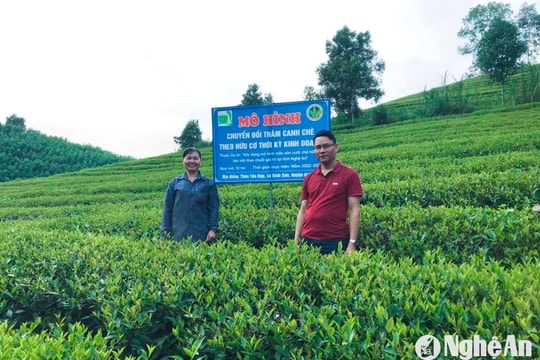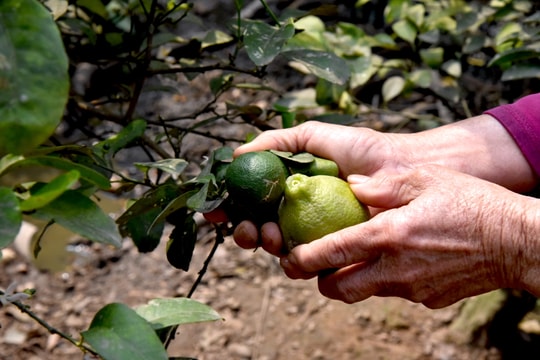Nghe An farmers' secret to making lemon trees bear fruit
Dig up the roots, stop watering and let the leaves dry, then take care of them according to the correct process. This is how Nghe An farmers encourage lemon trees to bear fruit.
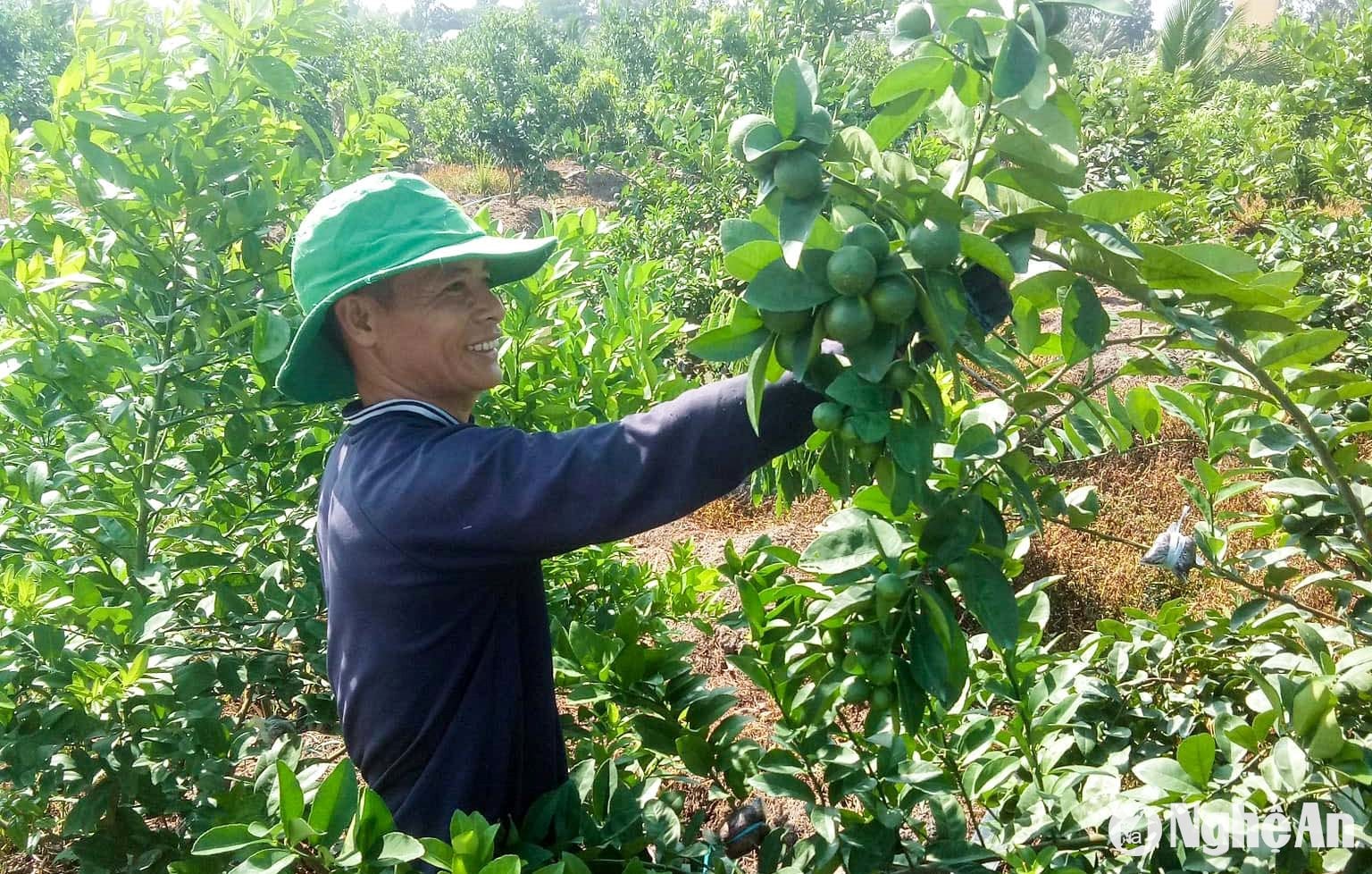
These days, on the hill gardens in Lai Hai, Khe Huong, Khe Ray, Len Doi, Ho Thanh... people in the localities of Thuong Tan Loc, Khanh Son, Nam Kim (Nam Dan) are busy harvesting lemons for the main season to sell to traders.
“Lemon prices are relatively high compared to previous years, currently fluctuating between 12,000 and 15,000 VND/kg. Due to the hot weather, lemons are easy to sell and prices are stable. There are households earning hundreds of millions of VND/crop from lemons,” said Mr. Tran Hoai Nam, a lemon grower in Nam Kim.
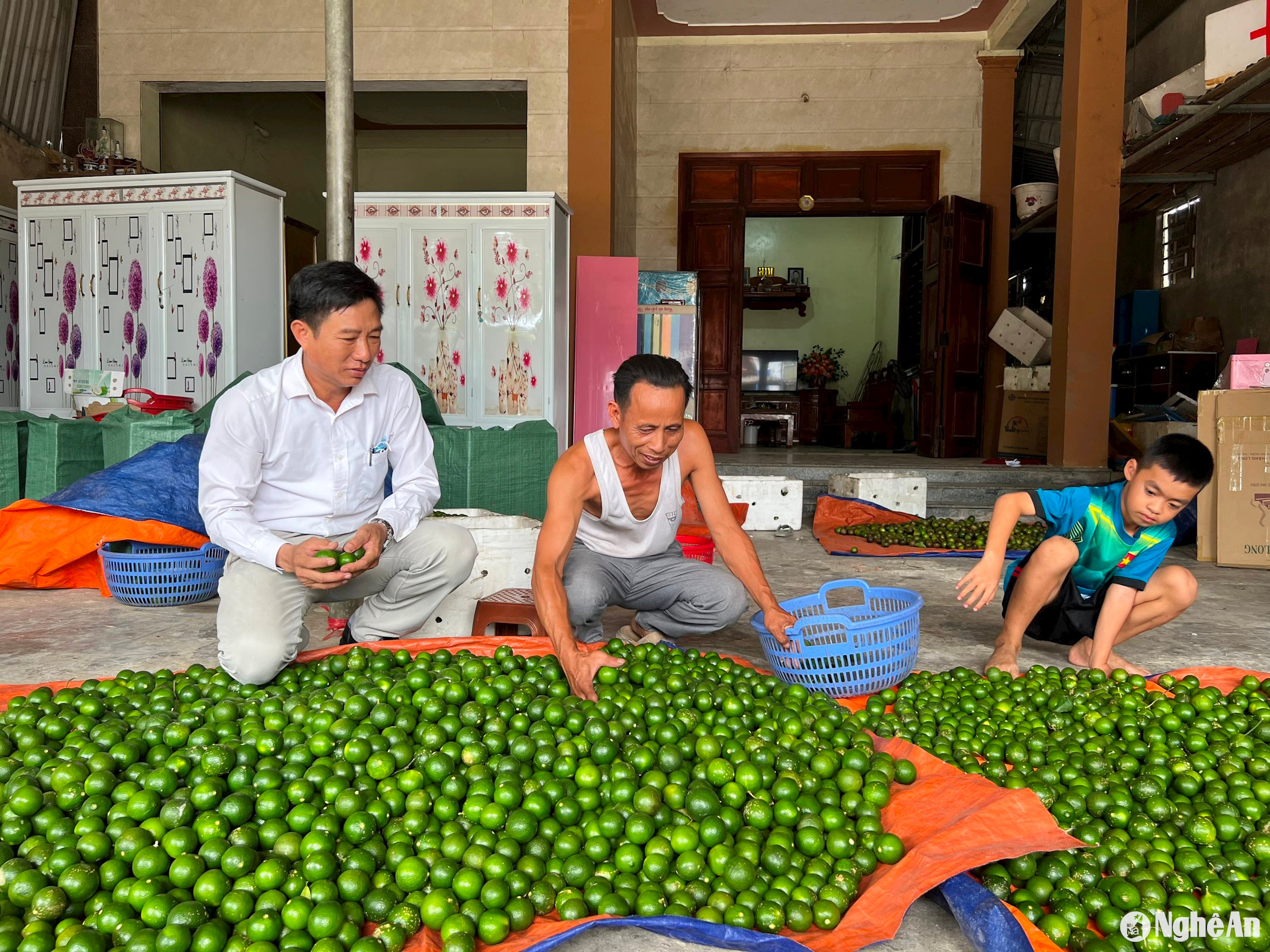
Lemon trees have been associated with the people of Nam Kim for more than half a century, becoming a commercial crop, bringing stable income to the people here. Currently, the whole commune has about 300 hectares of lemons, with about 4,000 households growing them, the big households grow a hectare, the small households grow 1-2 sao.
Mr. Vo Van Cuong, Chairman of the Farmers' Association of Nam Kim Commune, said: "Lemon trees are the main crop in the development of garden economy in Nam Kim. The lemon varieties here are mainly native lemons, which are durable, grow well, and have high productivity. In addition, people also have special care methods to help lemons produce many fruits, juicy, and fragrant."
The method that Nam Kim people apply is the root blocking technique. According to the long experience of the people of Nam Kim from growing lemons, in order for the lemons to have a high rate of budding, flowering, and fruiting, about 20 to 25 days before the beginning of Autumn (ranging from mid-August to early September, depending on the year), after harvesting all the fruit, people will dig the soil, weed along the tree canopy, and dry the soil. Trim some of the roots to limit the growth of the tree. When the tree loses its leaves, fertilize, cover with soil, and water thoroughly to revive the tree. At this time, the tree will sprout, sprout, and then flower.
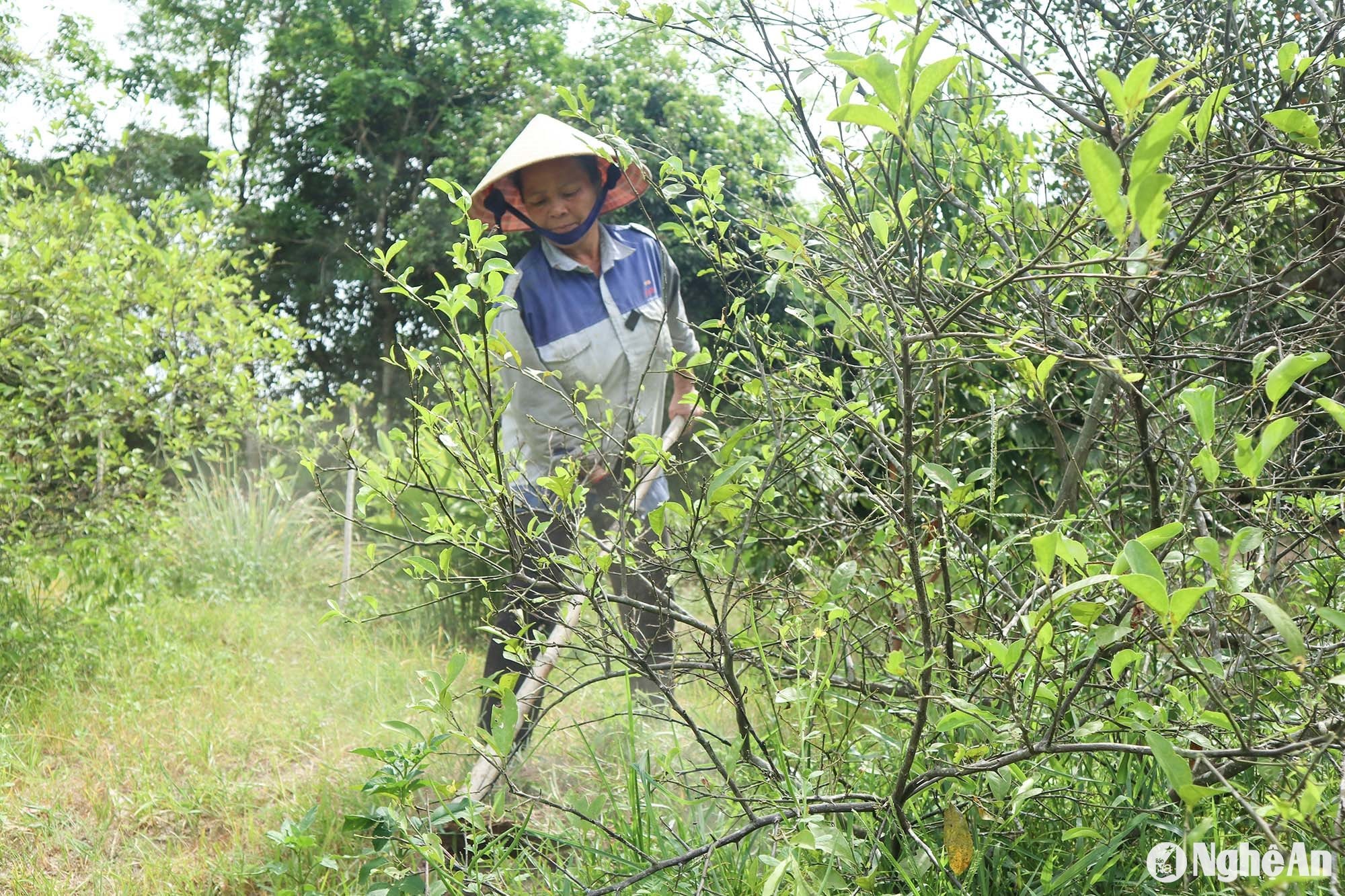
Having nearly 25 years of experience growing lemons with more than 300 lemon trees on hilly garden land, Ms. Nguyen Thi Hoa (Hamlet 2, Hung Yen Bac Commune, Hung Nguyen) said: "A good or bad harvest depends on many factors, such as: seed quality, care process and weather. However, to have lemons with many fruits, farmers must have a firm grasp of lemon growing techniques. In particular, the technique of water retention is very important."
According to Ms. Hoa, after harvesting the main lemon crop, to have a fruitful next crop, the branches must be pruned to create ventilation for the tree.
In particular, you must dig deep around the base, expose the soil and use a shovel to block the roots. During this time (about 12-15 days), gardeners must stop watering and fertilizing the plants. If it rains, you must cover the base with plastic to prevent water from flowing in.
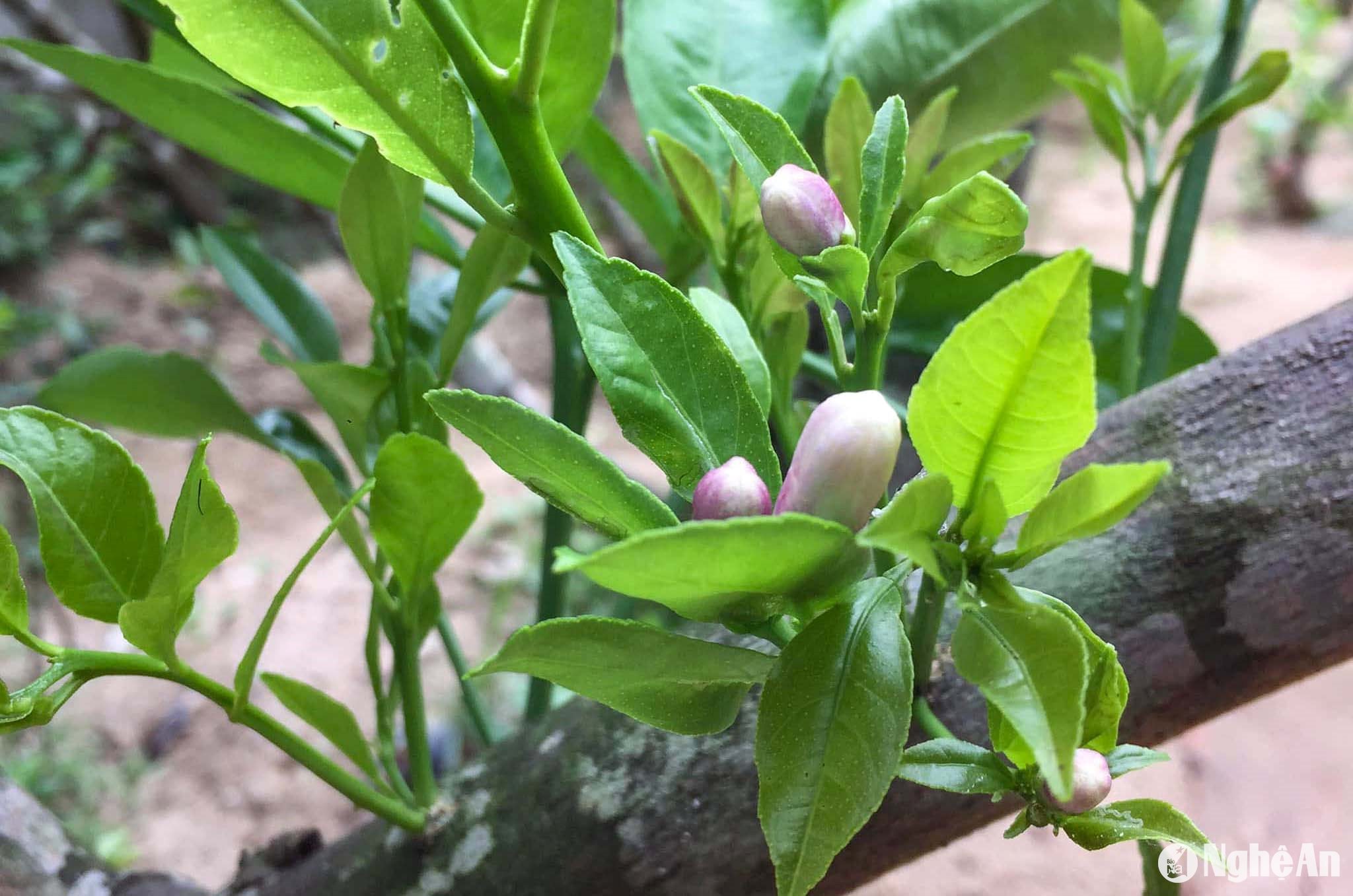
When applying this method, the ground will dry, the leaves will turn yellow and fall off a lot. At this time, it is necessary to water the tree thoroughly and fertilize it with enough nutrients for the lemon tree to sprout and bud.
“At this stage, the lemon tree will have yellow leaves, curled edges, fall off and show signs of death, which is commonly called “fake death”. The “water-holding” strategy helps stimulate lemon growth, flower production and a high fruit set rate,” Ms. Hoa shared.
Most of the lemons in Nghe An are native varieties, thin-skinned, fragrant but characteristically only bear fruit once a year (harvested from June to August every year). Due to the peak season, the price of lemons is often low, sometimes they are stagnant and difficult to sell. "Necessity is the mother of invention", people have learned and gained experience to influence the lemon trees, forcing them to bear fruit out of season.
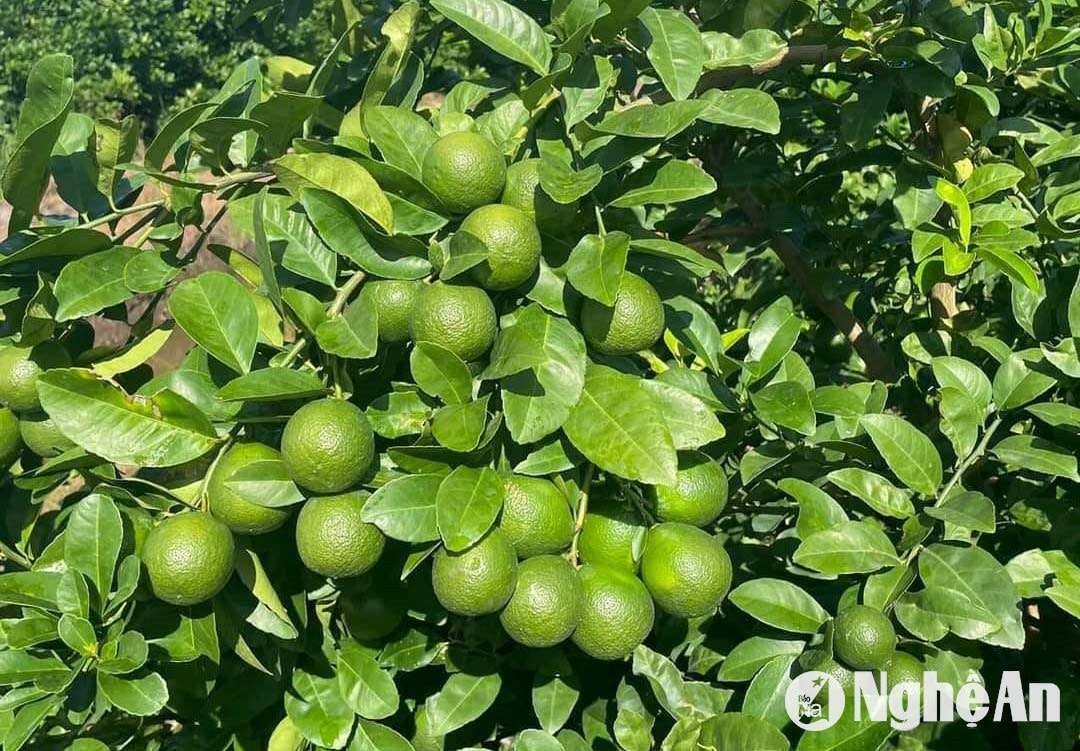
That is when the main season lemon is in full bloom, dig 20-30cm deep around the tree canopy. At the same time, stop watering, fertilizing, pick some fruit by hand or spray Ethrel to make 50% of the main season fruit fall off, then cover the soil. After 7-10 days, the lemon tree will shed 40-50% of its young leaves, young shoots and mid-ripe leaves.
Then, continue to dig a 10cm deep trench around the canopy, fertilize each tree with 1-2kg of potassium chloride (depending on the age of the tree), let the soil dry for 1 month, water and care normally. About 30 days later, the lemon tree continues to sprout, flower, and bear fruit in June-July, and harvest fruit from December to February of the following year.
Thanks to this method, off-season lemons have a fairly high yield (50-60%) compared to main-season lemons, but the selling price is 2-3 times higher.
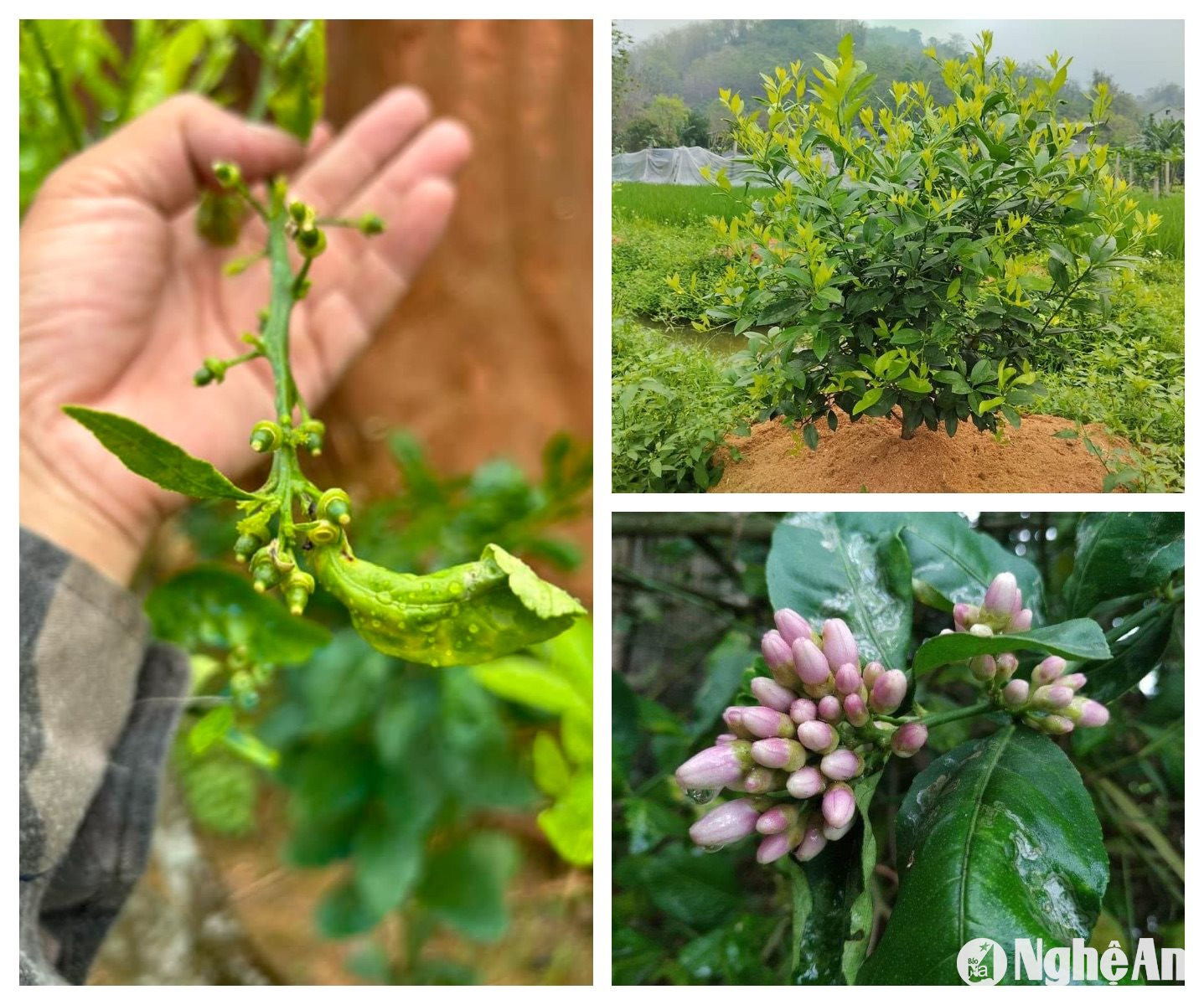
“In the main season, each lemon tree can produce 1-1.5 quintals of fruit, while off-season lemons only yield 40-50kg. However, in return, if main-season lemons cost 12,000-15,000 VND/kg, off-season lemons cost 40,000 VND, or even 50,000-60,000 VND/kg. Therefore, farmers also pay attention to taking care of lemons to harvest the off-season,” said Mr. Ho Dinh Thiem, Vice Chairman of Khanh Son Commune People's Committee (Nam Dan).


